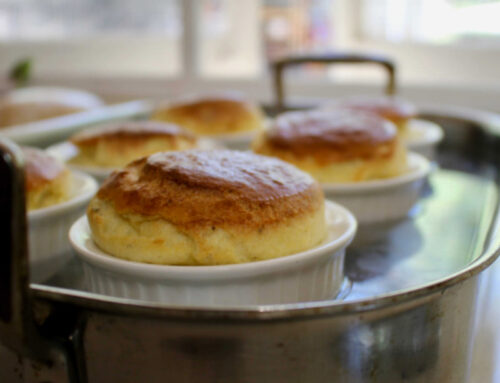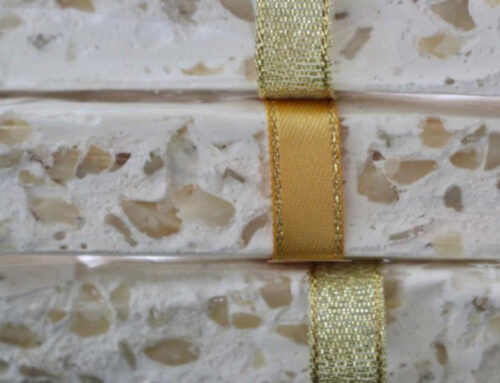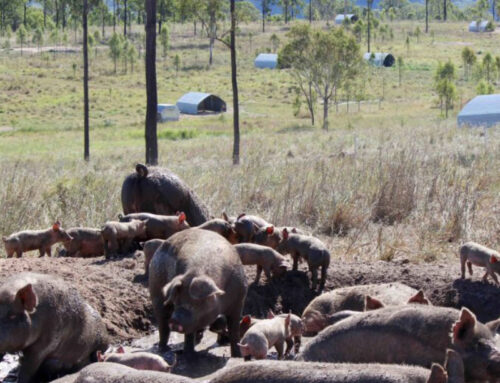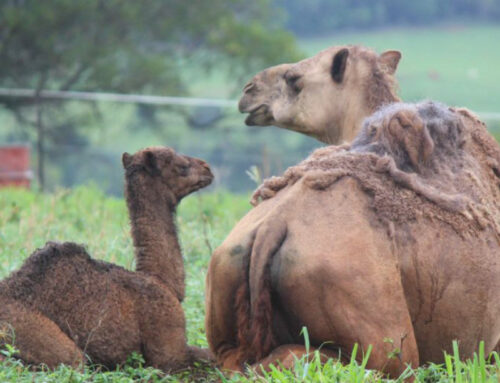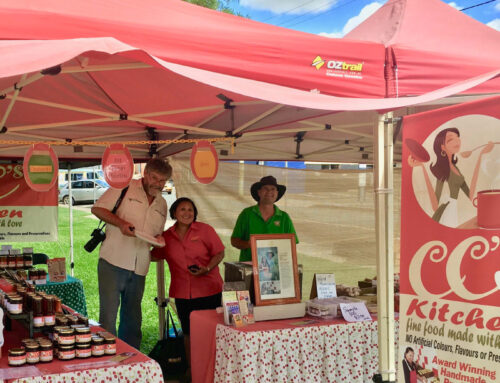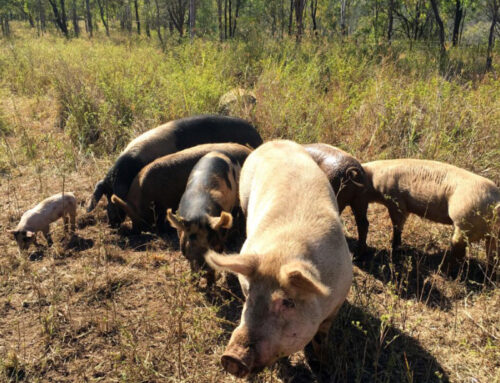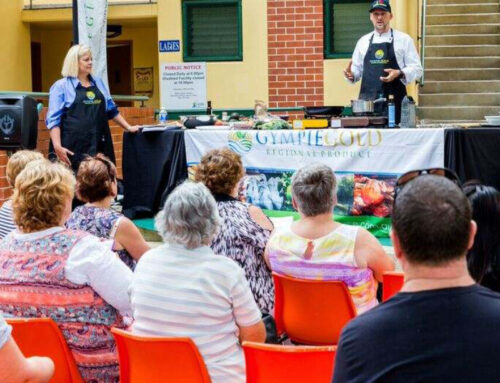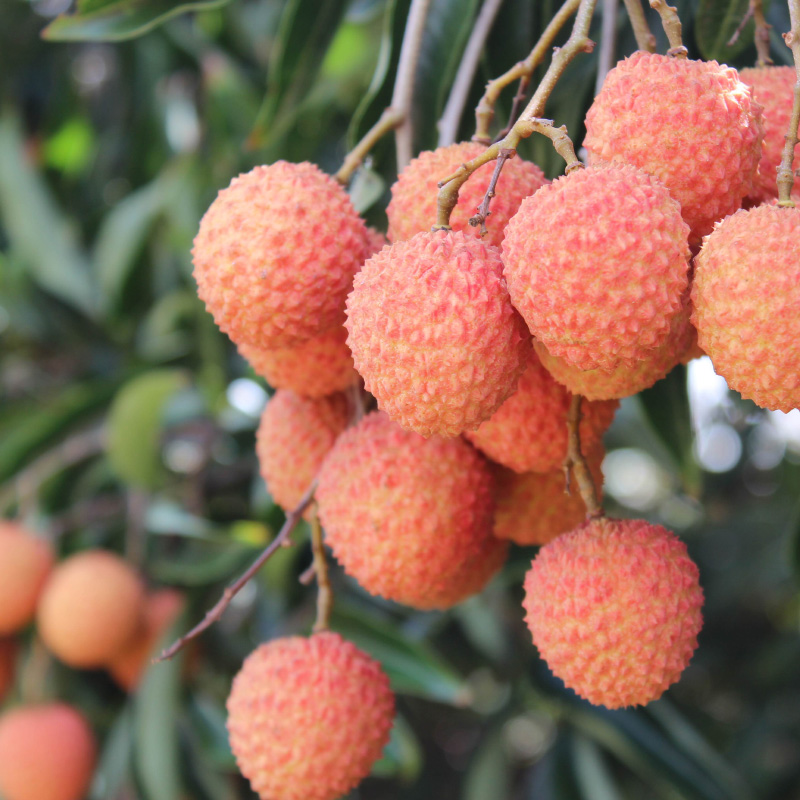
Lychee Heaven
BY MATT GOLINSKI
Join Matt in supporting your local producers by sourcing local and seasonal ingredients where ever possible.
SHARE MATT'S RECIPES + STORIES
As consumers, we’ve all become used to having access to whatever fruit and vegetables we want all year round – we can buy winter vegetables all through summer from the supermarket, and summer fruits all through winter.
But there are a few things that are so specifically seasonal that even the “fresh food people” can’t stock them 12 months of the year, and when they’re in full swing we just need to appreciate every moment they’re around and gorge ourselves on them.
Some good examples in the local area are persimmons, figs, mangoes, artichokes, broad beans and my very favourite, lychees.
Lychee season starts around the beginning of December and is all finished by about half way through February, the main harvest lasting only about 6 weeks.
Which means John and Kerry Pool at Lychee Divine only have a very small window of opportunity to pick and process the 60 tonnes of fruit from their 3000 trees every season.
Their 10 hectares of mature, netted trees on their property in Tiaro is one of the largest orchards in Australia, and it was a great experience to visit the farm in its peak of production and have the chance to see five of the six varieties in fruit, and get to try and compare them all.
The Kwai May Pink or B3 is the main variety grown on the farm, and the one you’re most likely to see in the shops. It has bright pink, slightly spiky skin, a high flesh to seed ratio and is one of the sweetest varieties I tried.
Kwai May or B3
The other varieties they grow include Wai Chee, Sah Keng, Salathiel, Sweetcliff and Fay Zee Sui.
Wai Chee Sweetcliff
Sah Keng Salathiel
The trees are irrigated from the pristine 40 acre dam on their property. At the end of each season they are cut back and allowed to regrow to keep them at a more practical height for picking, and to keep them well below the nets which protect them from the local lorikeet population.
John and Kerry’s son, Dave heads up operations on the farm, coordinating the 26 pickers they employ during the height of the season.
Sounds like a pretty sweet gig hey? Pick lychees for 6 weeks then have the next ten and a half months off?
Not the Pool family. Of the 60 tonnes of fruit they produce, about a quarter is peeled, seeded and turned into pulp to be used for ice cream, vinegars, sweet and savoury sauces and lychee liqueur. Two years ago they opened an outlet at the information centre off the Bruce Highway just south of Maryborough in South Tinana, and it has become an iconic stopping point for anyone road tripping north.
During the season you can drop in and pick up bags of the freshest lychees you’ll ever try for $10.00/kg.
Lychee Divine’s vinegars have recently won three awards at the Sydney Royal Show, and their lychee liqueur is a must have for your tropical summer cocktails. You can have a scoop of one of their ice creams while you’re there, or take some home in one of their 500gm tubs.
John is very dedicated to promoting what is an exceptional product, and you’ll often see his stall at various markets and shows including the Brisbane Ekka and Regional Flavours at Southbank.
Lychees are delicious simply peeled and eaten on their own, or added to a tropical fruit salad with mangoes and papaya.
The pulp of the fruit makes dangerously good cocktails and desserts, but they are also perfect to add a sweet and sour element to savoury dishes like the duck dish below.
Make sure you don’t miss out on experiencing this queen of the tropical fruits while they’re in abundance.
But if you do miss the season, Lychee Divine has you covered for lychee treats all year round.
Lychee Divine
22473 Bruce Highway, South Tinana, QLD 4650
Open 7 days 8am to 5pm
Shop: 0741217757
www.lycheedivine.com.au
Bendele Farm Duck Breast, Lychees, Galangal, Finger Lime, Coconut Yoghurt and Macadamias
Serves 4
Ingredients:
4 duck breasts
400gm lychees, peeled and seeded
2 tsp grated galangal
stems and roots of 1/2 bunch of coriander, finely chopped
½ tsp shrimp paste
50gm palm sugar
20ml lime juice
30ml fish sauce
20ml water
2 finger limes, pulped
100ml coconut yoghurt
50gm roasted macadamias
½ cup coriander leaves
1 green chilli
1 golden shallot, finely sliced
Method:
In a small saucepan, simmer the palm sugar, galangal, coriander stems, shrimp paste, lime juice, fish sauce and water until the sugar has dissolved. Cool to room temperature.
Dry and season the duck breasts and cook skin side down in a heavy based frying pan over a medium heat until the skin is crispy and golden. Turn the breasts, cook for another 3-4 minutes. Remove from the pan and rest for 5 minutes.
Slice each duck breast into five slices on an angle.
Spoon the palm sugar sauce onto four serving plates and arrange the lychees, duck, macadamias, coriander leaves and chilli on top.
Pipe the coconut yoghurt around the plate and dot with small amounts of finger lime pulp.














